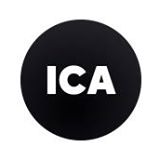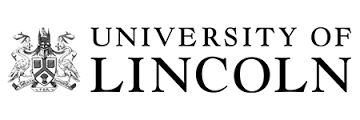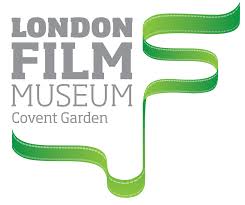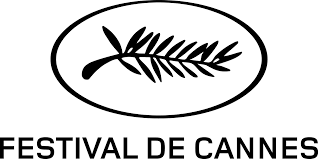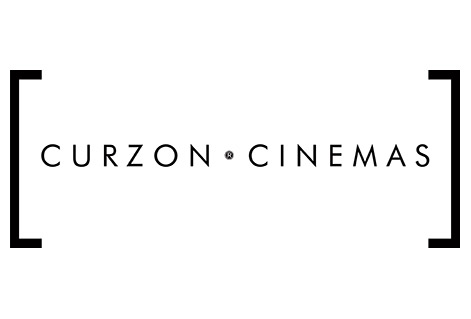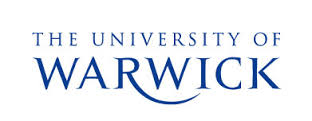The Unconscious Revisited at the Freud Museum
*Exciting things are happening at the Freud Museum London this summer. A century after Sigmund Freud’s revolutionary ideas reached a wider public, his final home, dedicated to preserving his legacy, has invited artists, designers, writers and performers to revisit Freud’s seminal paper The Unconscious (1915)
Using a combination of psychological games, scientific and historical information and engaging displays and workshops, The Festival of the Unconscious will encourage visitors to think and learn about the unconscious mind and how it influences our behaviour.
The Museum will become a strange and mysterious place, where writings, objects and artistic works will offer insights into unconscious experience. Newly commissioned films by animators from Kingston University will weave through the house; sound and video installations by London-based art project Disinformation will occupy the dining room, and an installation by stage designers from the Royal Central School of Speech and Drama, inspired by the work of cosmologist Carlos Frenk, will spectacularly transform Freud’s study. Visitors can contemplate their own unconscious associations through a personal display developed by Julian Rothenstein, co-author of the best-selling ‘Psychobox’. Finally there will be the unique opportunity of reclining and free-associating on a psychoanalytic couch, in Freud’s bedroom.
 An early diagram from Freud’s ‘pre-analytic’ work, showing how the brain protects itself from unpleasant experiences by dissipating stimuli from the outside world.
An early diagram from Freud’s ‘pre-analytic’ work, showing how the brain protects itself from unpleasant experiences by dissipating stimuli from the outside world.
Artistic contributions include The Dream Collector by Melanie Manchot, a 5-channel synched video and sound installation filmed in Mexico City – on view for the first time in the UK. Collaborative artists Brass Art present a video piece which uses Kinect scanners to capture intimate-scaled performances in the museum with sound composed by Monty Adkins. Other works include ‘the unconscious project’ by art therapists teaching on the MA Art Psychotherapy course at Goldsmiths, University of London, while Sarah Ainslie and Martin Bladh will display works offering modern takes on the ‘Thematic Apperception Test’ and the Rorschach ink blot test.
A season of wide-ranging and imaginative events, conferences and workshops accompany the exhibition. Highlights include Digging the Unconscious, a participatory archaeological dig in Freud’s garden, with performance artistlili Spain on 9 August, and a major interdisciplinary conference with keynote speaker Mark Solms on 26/27 September. You can unlock your unconscious with workshops in drama, poetry and art, while Hip Hop poet Reveal will perform and talk about Freestyle Rap and its relation to unconscious communication.
After the exhibition is over, the Festival events still continue with a major conference jointly organised with the British Journal of Psychotherapy. Mentalization and the Unconscious will take place on 28th November, with keynote speakers Nicola Abel-Hirsch, Catherine Freeman, Jean Knox, and Mary Target. Co-organiser and chair for the day is BJP editor, Ann Scott.
Have you ever done something without knowing why?
Despite the fact that the term is now associated with Freud, the existence of unconscious processes in the mind was recognised long before him. What Freud introduced was the revolutionary notion of a dynamic unconscious, working in a different way from consciousness, with its own kind of logic. He posited a part of the mind in which ideas associated with ‘wishful impulses’, childhood experiences and unacceptable thoughts are hidden from conscious awareness but continue to motivate our behaviour. Starting with his own dreams, he went on to show that the unconscious reveals itself not only in the unexplained symptoms of ‘mental illness’ but in countless manifestations of everyday life.
We laugh at a joke, but we don’t know why. A slip of the tongue reveals an embarrassing thought or a hidden intention. Thoughts come into our head, but where do they come from? We repeat patterns of self-destructive behaviour or plague ourselves with irrational fears. It is as if everything we do or say has a hidden dimension, a sub-text. The discovery of the unconscious means that we are no longer ‘masters in our own house’ – we literally do not know who we are.
In 1915, Freud wrote his paper on The Unconscious, which was an attempt to give scientific account of how the unconscious works. It is not an entirely successful paper, grappling as he is with the ‘unknown’. He makes hypotheses, modifies them, tries again. Freud often finds himself in the position of a cosmologist, trying to give an account of what is in a black hole, or what ‘cold dark matter’ is composed of. They just don’t know. But they know dark matter and black holes exist, obey their own laws and affect the galaxies in which they find themselves.
Freud’s metapsychology may not have the same impact as his captivating case histories or his books on dreams, jokes, and slips of the tongue, but his 1915 paper established ‘the unconscious’ as the principal object of psychoanalysis and the key term of its theory.
The Festival of the Unconscious invites visitors to explore Freud’s challenging idea through talks, performances and a major exhibition. As befits such an elusive concept, most of the works on display are not designed to transmit knowledge, but to evoke something of the visitor’s own unconscious. By engaging with them, we hope visitors may catch a glimpse of a world that is both strange and familiar.
*Information taken from The Freud Museum’s website.

 An early diagram from Freud’s ‘pre-analytic’ work, showing how the brain protects itself from unpleasant experiences by dissipating stimuli from the outside world.
An early diagram from Freud’s ‘pre-analytic’ work, showing how the brain protects itself from unpleasant experiences by dissipating stimuli from the outside world.














